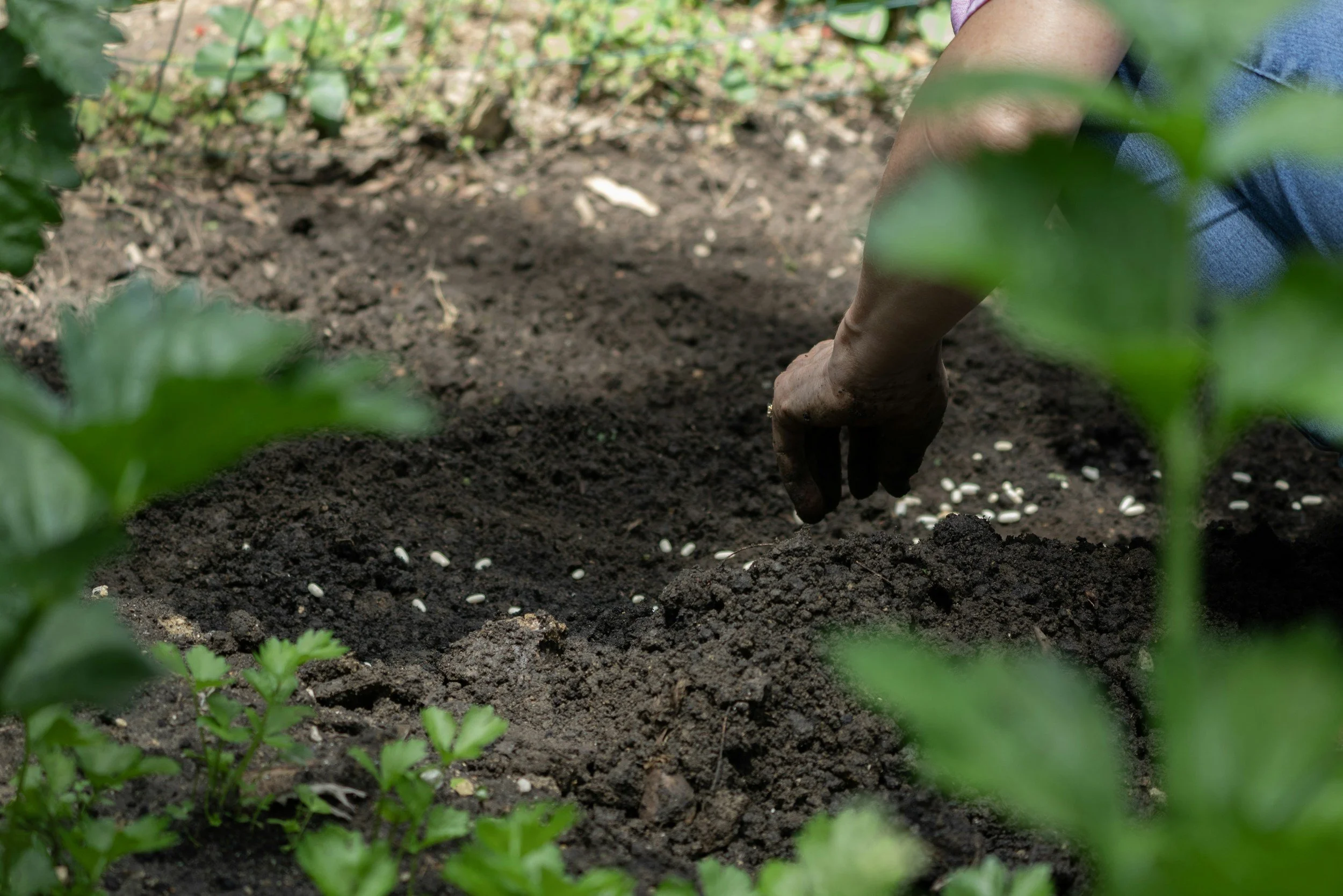Redesigning Your Home for a More Sustainable Lifestyle
/As the world becomes more conscious of environmental concerns, many homeowners are seeking ways to make their living spaces more sustainable. Redesigning your home with sustainability in mind can significantly reduce your environmental footprint while also leading to cost savings and a healthier living environment. From improving energy efficiency to choosing eco-friendly materials, there are numerous strategies you can implement to create a more sustainable home. In this blog, we will share practical tips on how to redesign your home for a more sustainable lifestyle.
Choose Sustainable Materials
The materials you choose for your home redesign play a crucial role in sustainability. Opting for materials that are renewable, recycled, or have a low environmental impact is a great way to reduce your carbon footprint. For example, bamboo flooring is a popular choice due to its rapid growth and renewability, while reclaimed wood can give your home a unique character while repurposing existing resources.
Embrace Water Conservation
Water conservation plays an important role in achieving a sustainable lifestyle, and there are various ways to include it in your home redesign. Consider installing low-flow faucets. Opt for similar showerheads and toilets that reduce water consumption without sacrificing performance. These fixtures help lower water usage, making them both environmentally friendly and budget conscious.
If you’re planning a major renovation that includes these upgrades, consulting with a reputable bathroom remodeling contractor who specializes in eco-friendly designs can be very beneficial. They can assist you in selecting sustainable materials like recycled glass countertops, low-flow fixtures, and energy-efficient lighting. By opting for eco-friendly materials, you support a healthier planet and create a home that reflects your commitment to sustainability.
Another option is to install a rainwater harvesting system that collects and stores rainwater for outdoor use, such as watering your garden or lawn. This not only conserves water but also reduces your reliance on municipal water supplies. Be sure to check first to make sure your state or minucipality doesn’t place restrictions on your ability to harvest rainwater. Additionally, consider incorporating drought-tolerant landscaping that requires less watering. By embracing water conservation in your home, you can significantly reduce your water usage and contribute to a more sustainable future.
Maximize Natural Light
Maximizing natural light in your home is a simple yet effective way to reduce energy consumption and create a more sustainable living space. By allowing more sunlight into your home, you can decrease your reliance on artificial lighting during the day. Consider installing larger windows or skylights in areas where natural light is limited, such as hallways or bathrooms.
In rooms where adding windows isn’t an option, strategically placing mirrors can help reflect light and brighten the space. You can also replace heavy curtains with lighter, sheer options that allow more light to filter through. Using energy-efficient LED bulbs in areas where artificial lighting is needed can further reduce your energy usage. Maximizing natural light not only creates a brighter, more inviting atmosphere but also helps lower your energy bills.
Incorporate Renewable Energy
Incorporating renewable energy sources into your home is a powerful step toward sustainability. Solar panels are one of the most common renewable energy options, allowing you to generate electricity directly from the sun. Although the initial investment in solar panels can be substantial, the long-term savings on energy bills and the environmental benefits make it worthwhile.
Depending on your location and property, other renewable energy options, such as wind turbines or geothermal systems, may also be viable. These systems can provide additional energy savings and reduce your dependence on non-renewable energy sources. By investing in renewable energy, you contribute to a cleaner environment and take a significant step toward a more sustainable lifestyle.
Design for Durability
When redesigning your home, prioritize materials and products that are built to last. Durable materials reduce the need for frequent replacements, which in turn minimizes waste and conserves resources. For example, choosing high-quality flooring, countertops, and fixtures ensures that your home remains in good condition for many years.
Beyond materials, consider timeless design choices that won’t quickly go out of style. Classic designs are less likely to require updates or renovations, helping you maintain a sustainable home without the need for constant changes. By focusing on durability, you reduce the overall environmental impact of your home and create a space that stands the test of time.
Create Multi-Functional Spaces
Designing multi-functional spaces in your home is a practical way to promote sustainability. By creating rooms that serve more than one purpose, you reduce the need for additional construction and minimize resource consumption. For example, a home office that doubles as a guest room or a living area that can transform into a dining space allows you to make the most of your existing square footage.
Multi-functional spaces also contribute to energy efficiency by reducing the overall area that needs heating, cooling, and lighting. This approach not only supports sustainability but also makes your home more adaptable and efficient for everyday living.
Prioritize Eco-Friendly Landscaping
Your outdoor space plays a significant role in your home’s sustainability. Consider adopting eco-friendly landscaping practices, such as planting native species that require less water and maintenance. Native plants are better adapted to the local climate, which means they typically need fewer resources to thrive.
Another sustainable practice is reducing the size of your lawn in favor of plant beds, ground covers, or hardscaping. Lawns can be water-intensive, so replacing part of your lawn with alternative landscaping can help conserve water. Additionally, installing a drip irrigation system can further reduce water usage by delivering water directly to the roots of your plants. Eco-friendly landscaping not only benefits the environment but also creates a beautiful, low-maintenance outdoor space.
Reduce Waste with Smart Design
Smart design choices can significantly reduce waste during a home redesign. When planning renovations, consider repurposing existing materials or choosing modular furniture that can be easily adjusted or reconfigured over time. Avoid trends that may quickly become outdated, as these often lead to unnecessary waste when items need to be replaced.
In addition, focus on minimizing waste by donating or recycling old materials and furnishings. By giving your unwanted items a second life, you can keep them out of landfills and support sustainability efforts. Smart design that prioritizes waste reduction helps you create a more eco-friendly home without sacrificing style or functionality.
All in all, redesigning your home for a more sustainable lifestyle is a rewarding endeavor that not only benefits the planet but also improves your quality of life. By implementing these changes, you can reduce your environmental footprint, save money on energy bills, and create a healthier living space.
About the Author:
Tahir Quaid Johar is a Blogger, Author, Marketing and SEO Specialist with a passion for creating content on Lifestyle and such prevailing topics to educate the readers and helping them to learn and enhance their thinking process.










































Revamping your home presents a prime chance to make it more environmentally friendly while trimming down long-term costs. Instead of opting for entirely new materials, consider giving old items a second life through restoration, recycling, or creative reuse. This approach not only supports sustainable living but also lets your personal taste shine through in meaningful ways.